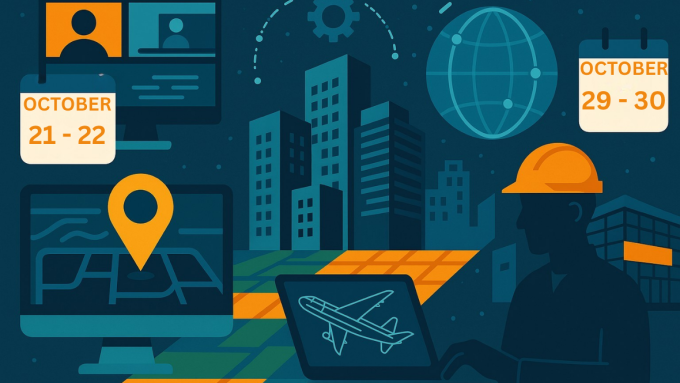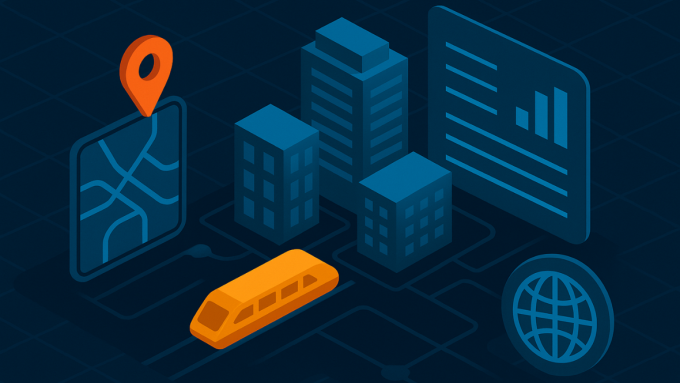A digital twin is a digital representation of something that exists in the physical world (be it a building, a factory, a power plant, or a city) and, in addition, can be dynamically linked to the real thing through the use of sensors that collect real-time data. This dynamic link to the real thing differentiates digital twins from the digital models created by BIM software—enhancing those models with live operational data.
Since a digital twin is a dynamic digital reflection of its physical self, it possesses operational and behavioral awareness. This enables the digital twin to be used in countless ways, such as tracking construction progress, monitoring operations, diagnosing problems, simulating performance, and optimizing processes.
Structured data requirements from the investor are crucial for the development of a digital twin. Currently project teams spend a lot of time putting data into files that unfortunately isn’t useful during the project development or ultimately to the owner; sometimes it is wrong, at other times too little, or in other cases an overload of unnecessary data. At the handover phase, unstructured data can leave owner/operators with siloed data and systems, inaccurate information, and poor insight into the performance of a facility. Data standards such as ISO 19650 directly target this problem that at a simple level require an appreciation of the asset data lifecycle that starts with defining the need in order to allow for correct data preparation.
Implementing a project CDE helps ensure that the prepared data and information is managed and flows easily between various teams and project phases, through to completion and handover. An integrated connected data environment can subsequently leverage this approved project data alongside other asset information sources to deliver the foundation of a valuable useable digital twin.
To develop this connected digital twin, investors and their supply chains can appear to be presented with two choices: an off-the-shelf proprietary solution tied to one vendor or the prospect of building a one-off solution with risk of long term support and maintenance challenges. However, this binary perspective is not the case if industry platforms and readily available existing integrations are leveraged to create a flexible custom digital twin.
Autodesk has provided its customer base with the solutions to develop custom data integrations over many years, commencing with a reliable common data environment solution. Many of these project CDEs have subsequently migrated to become functional and beneficial digital twins because of a structured data foundation. Using industry standards, open APIs and a plethora of partner integrations, Autodesk’s Forge Platform, Construction Cloud and recently Tandem enable customers to build the digital twin they need without fear of near term obsolescence or over commitment to one technology approach. Furthermore partnerships with key technology providers such as ESRI and Archibus extend solution options as well as enhancing long term confidence in any developed digital twin.
The promises of digital twins are certainly alluring. Data-rich digital twins have the potential to transform asset management and operations, providing owners new insights to inform their decision-making and planning. Although digital twin technologies and industry practice are still in their youth, it is clear that the ultimate success of digital twins relies on connected, common, and structured data sources based on current information management standards, coupled with adoption of flexible technology platforms that permit modification, enhancement or component exchange as the digital twin evolves, instead of committing up front to one data standard or solution strategy.



Leave a comment